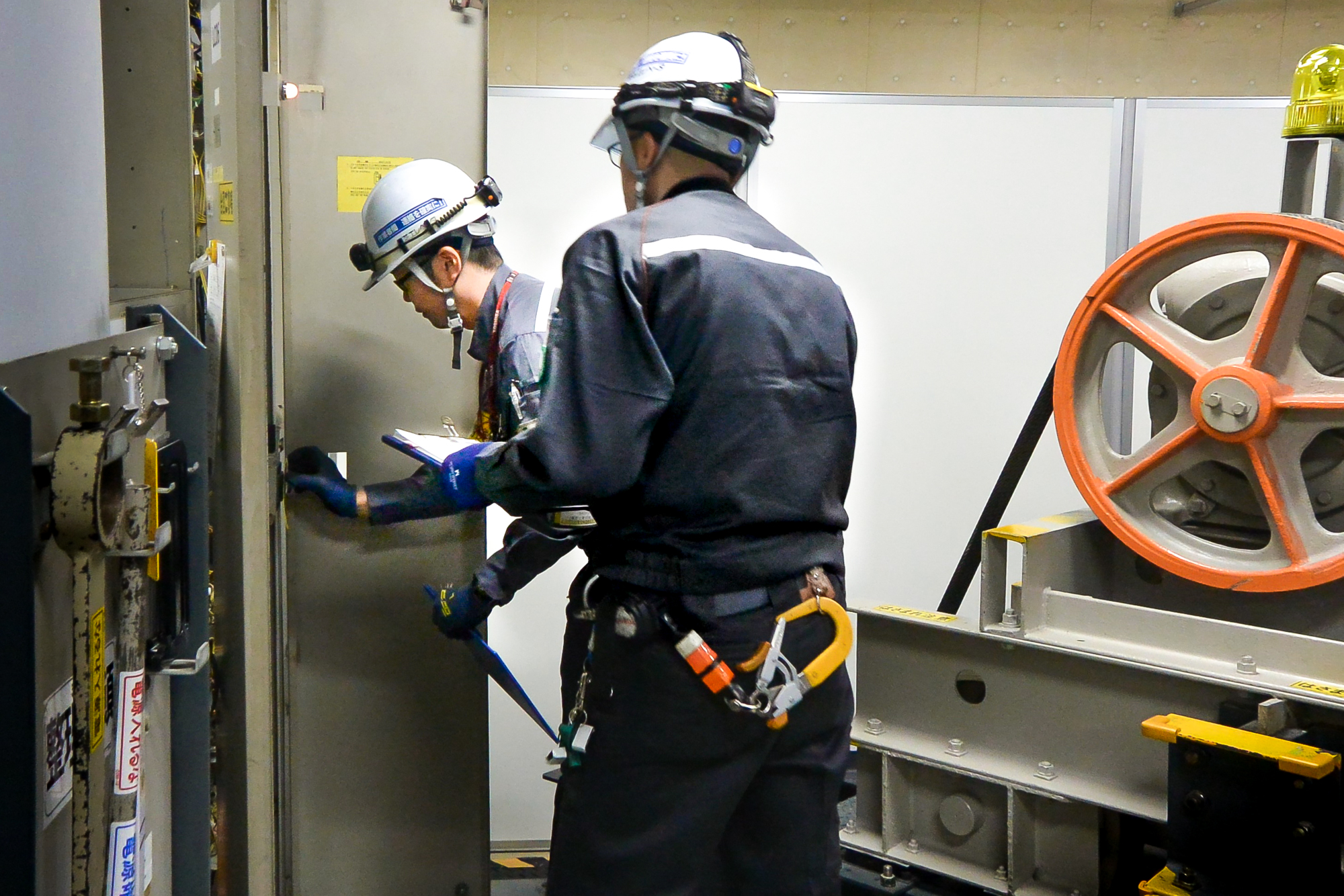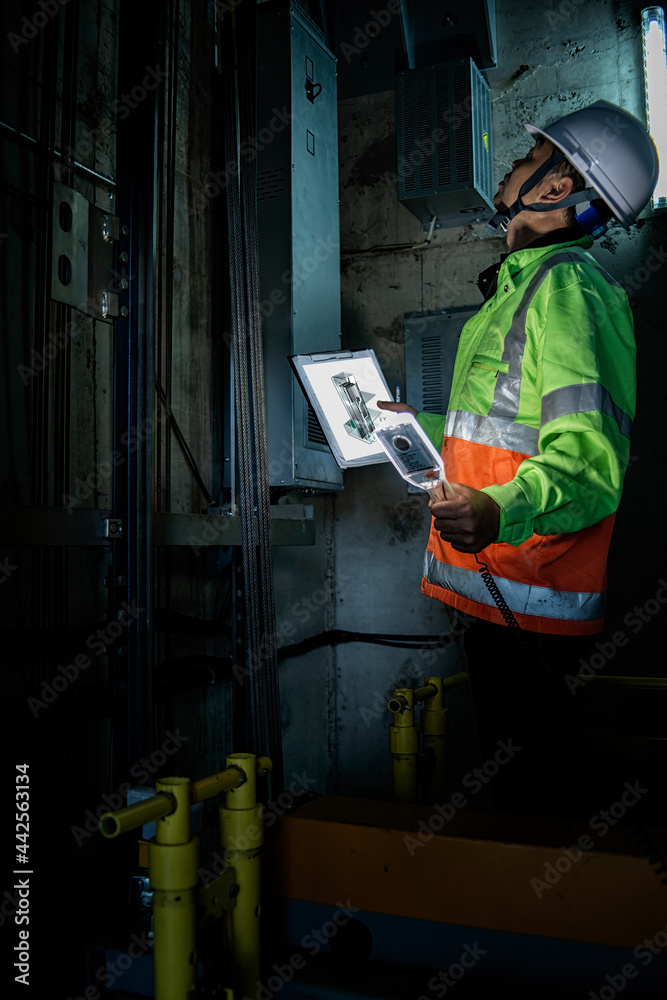Advantages of a Comprehensive Lift Maintenance Contract for Your Facility
Advantages of a Comprehensive Lift Maintenance Contract for Your Facility
Blog Article
Exploring the Comprehensive Steps Required for Lift Maintenance
In the realm of structure maintenance, ensuring the proper functioning and security of lifts is extremely important. The intricacy of elevator systems requires a thorough technique to upkeep. From regular assessments to calculated modernization strategies, an alternative view of upkeep is necessary. Nevertheless, in the ever-evolving landscape of lift technology and safety criteria, there are detailed steps that must be diligently followed to assure ideal efficiency and compliance. By addressing essential aspects such as aggressive maintenance timetables, safety checks, and emergency situation readiness, a complete understanding of the complexities involved in lift maintenance can cause boosted effectiveness and safety and security.
Normal Inspections
When it concerns ensuring the longevity and security of your lift system, routine assessments are extremely important. These regular checks play an essential function in determining any type of prospective concerns before they escalate into major issues, guaranteeing the smooth and risk-free procedure of the lift. By carrying out routine assessments, upkeep groups can proactively attend to deterioration, malfunctioning elements, or any type of other issues that may compromise the lift's performance or safety.
Throughout these evaluations, educated experts extensively take a look at various facets of the lift system, including mechanical parts, electrical systems, security features, and general architectural integrity. By identifying and attending to issues early on, these assessments aid avoid pricey repairs, downtime, or security threats, ultimately expanding the lifespan of the lift system and ensuring the health of its users.
Positive Upkeep Schedules
Implementing positive maintenance schedules is vital for maximizing the efficiency and longevity of lift systems. By sticking to an aggressive upkeep technique, lift owners can deal with prospective problems prior to they rise into major problems, inevitably decreasing downtime and expensive repair work.
A well-structured proactive maintenance schedule should describe particular tasks, regularities, and accountable personnel. When developing these schedules to ensure the lift runs safely and efficiently, it is critical to follow manufacturer referrals and market requirements. Additionally, recording maintenance activities and keeping thorough records can provide useful insights into the lift's efficiency in time, assisting in making and determining fads notified maintenance decisions.

Security Compliance Checks
Making certain security conformity with thorough checks is critical in maintaining lift systems' integrity and protecting customer wellness. Safety compliance checks entail a thorough assessment of numerous components, consisting of electric systems, mechanical parts, emergency brakes, doors, and other critical security functions. These checks are necessary to recognize any prospective threats or malfunctions that might endanger the lift's operation and put individuals in danger.
Regular security conformity lift repair company checks need to be conducted by qualified service technicians in adherence to sector regulations and criteria. These checks help in discovering concerns beforehand, enabling timely fixings and precautionary upkeep measures to be executed. Moreover, maintaining comprehensive documents of security conformity checks is critical for tracking the lift system's efficiency with time and showing conformity with safety and security laws.
Tools Upgrades and Innovation
Enhancing lift systems through tools upgrades and innovation is necessary for enhancing efficiency and security requirements in vertical transportation. As technology advances, older lift systems might become obsolete, bring about reduced reliability and possible security threats. By investing in equipment upgrades and innovation, structure owners can ensure that their lifts satisfy current sector requirements and laws.

In addition to functional advantages, equipment upgrades and modernization tasks can also improve the appearances of the lift, offering a much more enticing and modern-day experience for passengers. Eventually, other purchasing lift upgrades and modernization is a positive strategy towards guaranteeing the long life, safety and security, and performance of vertical transportation systems.
Emergency Situation Readiness Preparation
A reliable emergency preparedness strategy is vital for making sure the safety and security and swift response in case of unexpected incidents involving lift systems. Emergency situation preparedness planning for lift systems entails a systematic method to alleviate dangers, guarantee guest safety, and decrease downtime during emergencies.
Key components of an emergency situation readiness strategy for lifts consist of clear interaction procedures, routine training for lift operators on emergency procedures, and regular drills to examine the effectiveness of the strategy. lift and engineering services. Furthermore, the plan ought to describe particular roles and responsibilities for all stakeholders involved, consisting of structure administration, maintenance personnel, and emergency responders
In the event of a lift malfunction or entrapment, having a distinct emergency situation plan can aid in collaborating a punctual and effective reaction to guarantee the security and health of guests. Prompt interaction, access to emergency situation equipment such as interaction gadgets and emergency lights, and expertise of emptying procedures are vital elements of a detailed emergency situation preparedness prepare for lift systems. By prioritizing emergency readiness planning, structure managers can boost the general safety and dependability of their lift systems.
Final Thought
To conclude, the extensive steps required for lift upkeep consist of routine inspections, aggressive maintenance timetables, security conformity checks, equipment upgrades and innovation, and emergency preparedness preparation. These steps are crucial for guaranteeing the safety and security, dependability, and performance of lifts in various settings. By applying these measures, lift proprietors can decrease the risk of mishaps, expand the lifespan of their devices, and adhere to industry policies.

Throughout these evaluations, trained professionals completely analyze numerous facets of the lift system, including mechanical components, electrical systems, safety and security functions, and general structural integrity.Making certain safety conformity through detailed checks is critical in preserving lift systems' reliability and securing customer health. Maintaining comprehensive records of security conformity checks is vital for tracking the lift system's efficiency over time and showing conformity with safety and security laws.
By focusing on emergency situation readiness preparation, building managers can enhance the overall safety and reliability of their lift systems.
Report this page